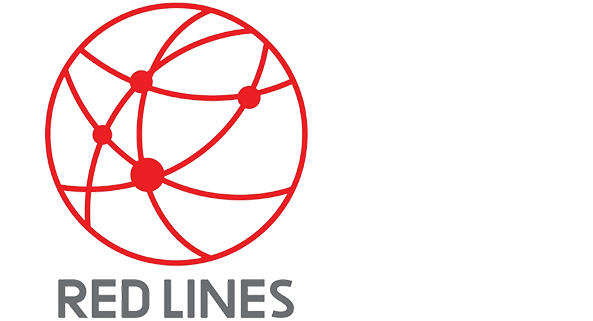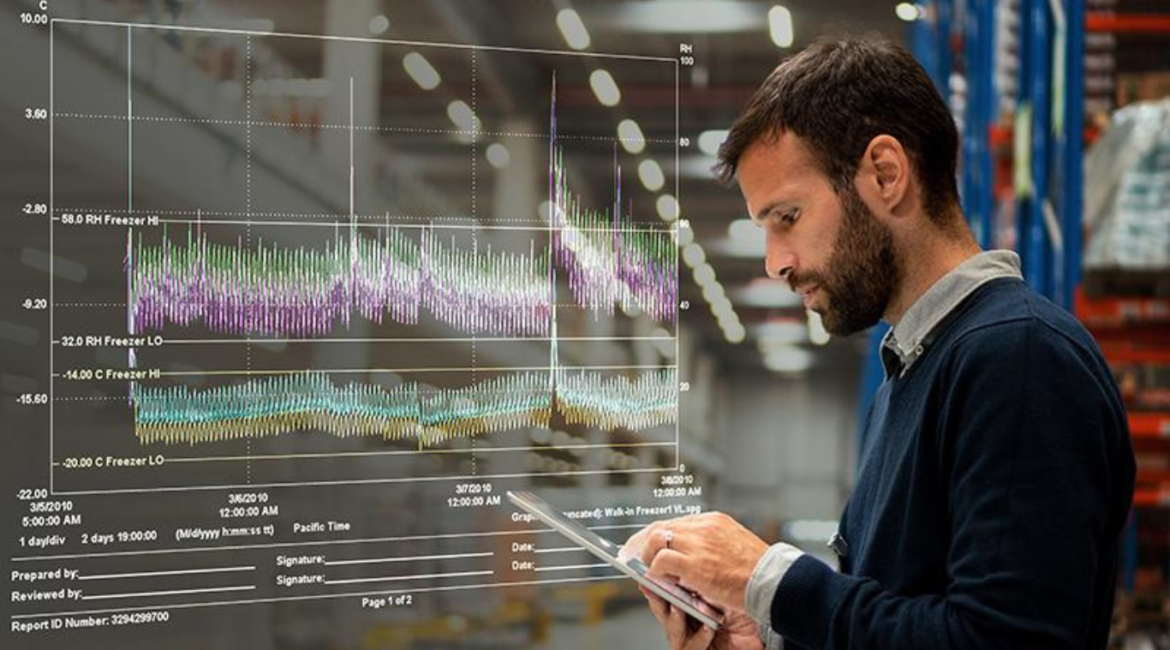Temperature mapping studies play a critical role in ensuring that storage areas like warehouses and cold rooms maintain consistent and appropriate temperatures. This process is especially important for businesses operating in regions with extreme climates, like Riyadh, Dammam, Jeddah, and all of Saudi Arabia. Here’s a detailed explanation of the temperature mapping process:
Setting Up Temperature Data Loggers
The first step in a temperature mapping study involves setting up temperature data loggers throughout the space to be mapped. These devices continuously record temperature data at specified intervals, allowing us to monitor temperature variations over time.
- Warehouse Setup: For larger spaces like warehouses, we typically use one data logger for every 10 cubic meters of space. This approach ensures that the entire area is covered, providing a comprehensive view of temperature distribution.
- Cold Room Setup: In smaller, more temperature-sensitive environments like cold rooms, we use one data logger for every 5 cubic meters of space. This denser placement allows for more precise monitoring.

Collecting Temperature Data
Once the data loggers are in place, we allow them to record temperatures for a certain period of time to get a full understanding of the environment’s temperature dynamics.
- Cold Room Data Collection: The loggers are left in place for about 4 to 6 days to collect temperature data.
- Warehouse Data Collection: For warehouses, the collection period is longer, typically 7 to 14 days, due to the larger area and more complex temperature patterns.
Creating a Temperature Mapping Study
After the data has been collected, it’s used to create a temperature mapping study. This study helps visualize temperature variations within the warehouse or cold room, identifying areas that are warmer or cooler than others. This “temperature map” is crucial for understanding how well the storage area maintains the required temperature ranges.
Conducting Additional Tests
To gain further insights, we conduct additional tests to understand how different activities affect temperature. These activities might include opening doors, loading or unloading goods, or power outages.
- Developing a Protocol: Before conducting these tests, we create a detailed plan (protocol) that outlines the specific tests and how they will be carried out. This protocol is shared with customers for approval.
- Conducting Tests: Once the protocol is approved, we carry out the tests, monitoring temperature changes during these activities.
Analyzing Data and Generating Reports
With all the data collected, we analyze it to understand temperature fluctuations during various activities. This analysis allows us to identify potential problem areas and recommend solutions to ensure consistent temperature control.
- Creating a Final Report: We compile a comprehensive report for our customers, detailing the results of the temperature mapping study. This report identifies hot and cold spots and provides a certificate indicating whether the storage area meets the necessary temperature requirements.
- Providing Services Across Saudi Arabia: Our temperature mapping studies are available to customers in Riyadh, Dammam, Jeddah, and all of Saudi Arabia, ensuring businesses throughout the region have access to high-quality temperature mapping services.
If you need assistance with temperature mapping or qualification studies, contact us for expert guidance and support. Our team is ready to help you ensure your storage areas meet the required temperature standards for safe and effective operation.
you can get more information in our site: Redlines.com
we are providing services in Riyadh Dammam Jeddah and all saudia Arabia.





